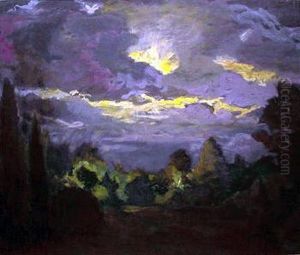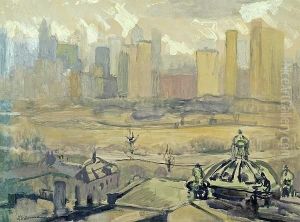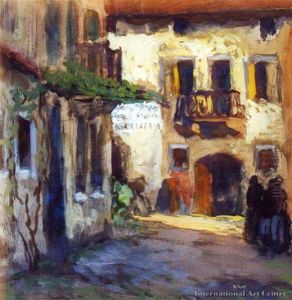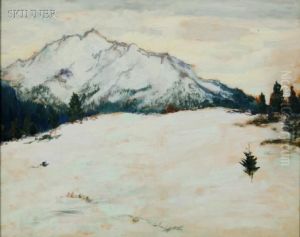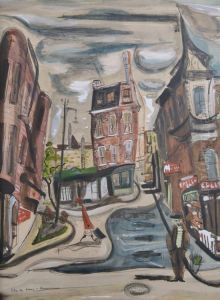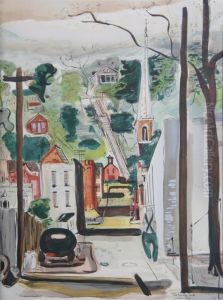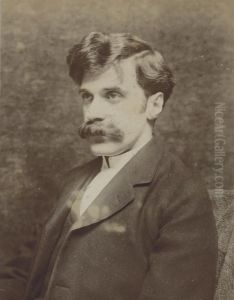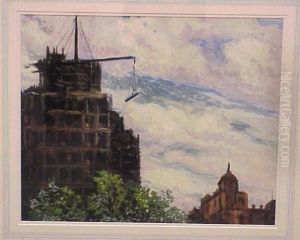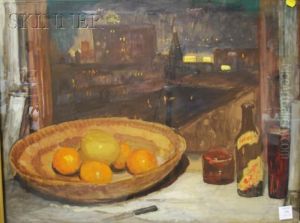Frank Simon Herrmann Paintings
Frank Simon Herrmann was an American artist born on August 8, 1866, in Cincinnati, Ohio. He played a significant role in the American art scene, particularly known for his contributions to the Impressionist movement in the United States. Herrmann's artistic journey began at the Art Academy of Cincinnati, where he studied under the guidance of Frank Duveneck, a prominent figure in American art who deeply influenced his early style.
After his initial education, Herrmann furthered his studies in Europe, a common practice among aspiring American artists of the time. He spent significant time in Munich, Germany, where he was exposed to the European avant-garde movements. His stay in Munich was particularly impactful; it was here that he absorbed the influences of the Munich Secession, a group that sought to break from traditional art forms and explore new directions in painting. This exposure is evident in Herrmann's later works, which blend Impressionist techniques with a bold use of color and expressive brushwork.
Upon returning to the United States, Herrmann became a key figure in introducing European Impressionist techniques to the American art scene. He settled in New York City, which was rapidly becoming a hub for artists seeking to break from conventional styles. In New York, Herrmann engaged with a circle of artists who were equally fascinated by the possibilities of Impressionism. His works from this period show a keen interest in capturing the effects of light and atmosphere, hallmarks of the Impressionist style.
Herrmann's contributions to American art were not limited to his paintings. He was also a respected teacher, sharing his knowledge and techniques with a new generation of artists. He taught at various institutions, including the Art Students League of New York, where he influenced numerous young artists with his innovative approaches to painting.
Throughout his career, Herrmann exhibited his work widely, participating in important exhibitions across the United States and Europe. His paintings were well-received, earning him recognition and awards. Despite his success, Herrmann remained dedicated to exploring new artistic directions, never settling into a single style or approach.
Frank Simon Herrmann passed away on March 10, 1942, in New York City. His legacy lives on through his contributions to the American Impressionist movement and his influence on subsequent generations of artists. Herrmann's work is represented in several major art collections and museums, where it continues to be celebrated for its vibrant color, dynamic compositions, and innovative exploration of light.
